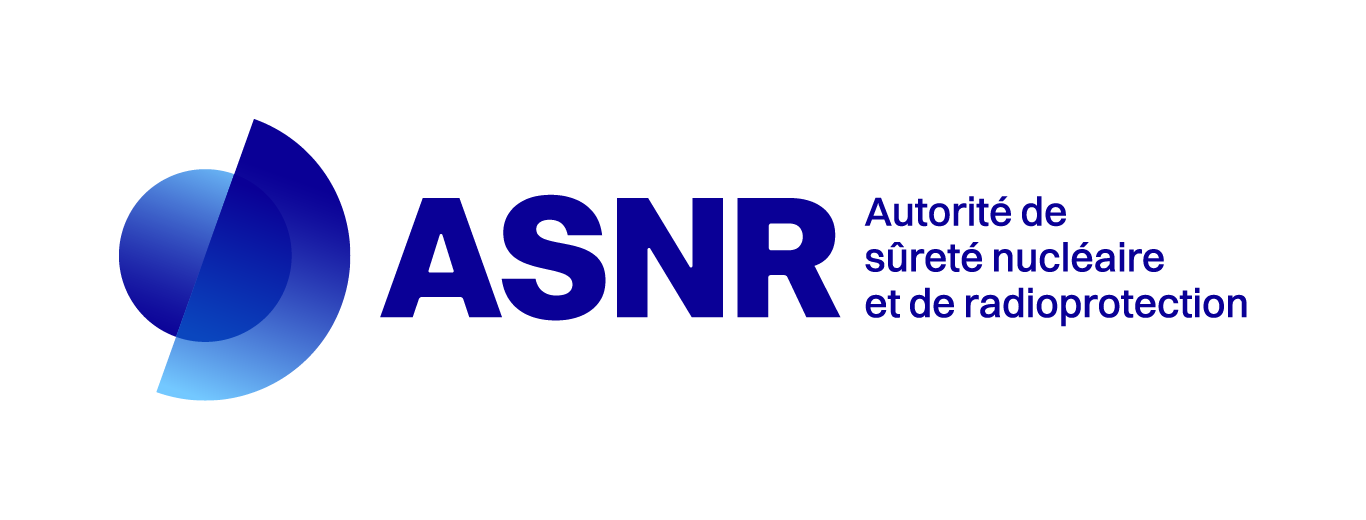F.A.Q
Does the activity of a nuclear site increase environmental radioactivity?
Yes, very weakly. In the vicinity of nuclear installations, systematic and regular environmental monitorings ensure that discharges remain below the regulatory limits determined by the control authorities. These discharges induce some radioactivity, too low to be detected, with an impact which remains below 0.1% of the natural exposure in France.
How is radioactivity measured?
Radiation from radioactivity cannot be perceived directly. Human senses cannot detect radiation emitted by radioactive substances. It is the "sneaky" side of radioactivity: it is invisible, inaudible, odorless ... All methods used to detect radiation, are based on the fact that radiation creates ionization (i.e. electrons are torn away from atoms) and excitation (where energy is input to atoms, causing them to pass from a ground state to an excited state), therefore leaving a trace within the matter itself. By calculating the number of ionizations or excitations caused by particles (in the case of alpha or beta radiation) or photons (in the case of gamma radiation) per unit of time, it is possible to measure the energy transmitted to matter through radiation. This energy represents a specific feature of the emitting radionuclide.
Why do we often hear about tritium and carbon 14?
Also produced naturally in the atmosphere through the interaction of cosmic radiation and matter and as a result of fallout from nuclear testing, tritium (3H) and carbon-14 (14C) are among the radionuclides most frequently discharged by the nuclear industry.
In all biosphere compartments (air, plants, animal products) unaffected by discharge from nuclear facilities, 14C activity level was 242 Bq per kg of stable carbon, and 3H activity level was 1 to 10 Bq per kg of fresh products. However, in the vicinity of certain nuclear facilities exposed to prevailing winds or downstream from the outfalls of nuclear facilities, 3H and 14C activity levels can be considerably higher.
While most nuclear facilities have a slight but visible impact on their environment in terms of 14C, 3H activity levels only stand out clearly from the background near certain French nuclear sites such as Valduc, Marcoule, La Hague, Saclay, Bruyères-le-Châtel and Brennilis.
 return to top
return to top




